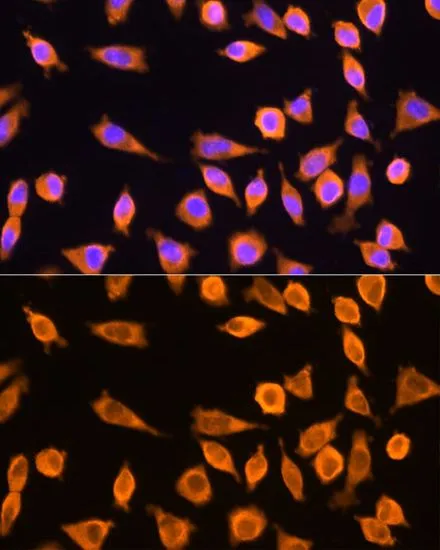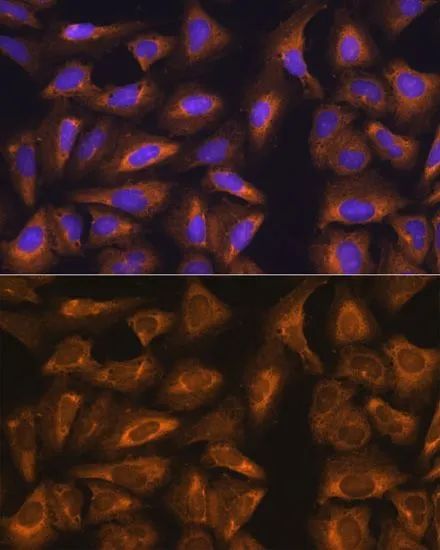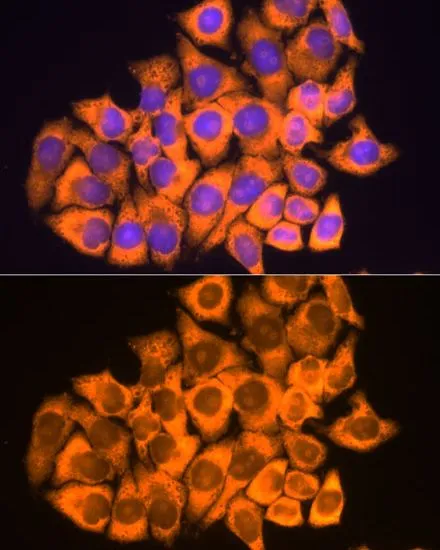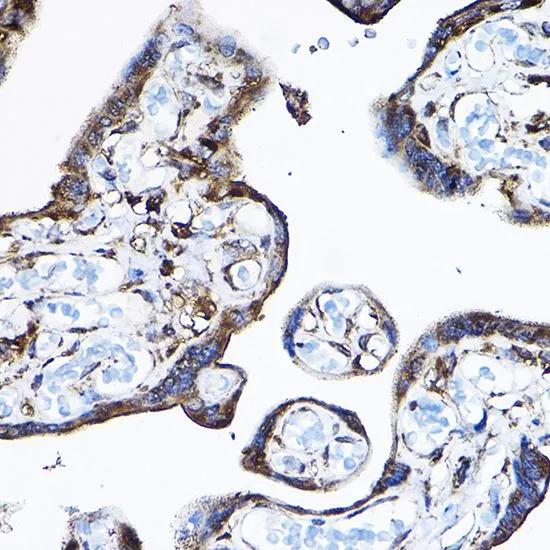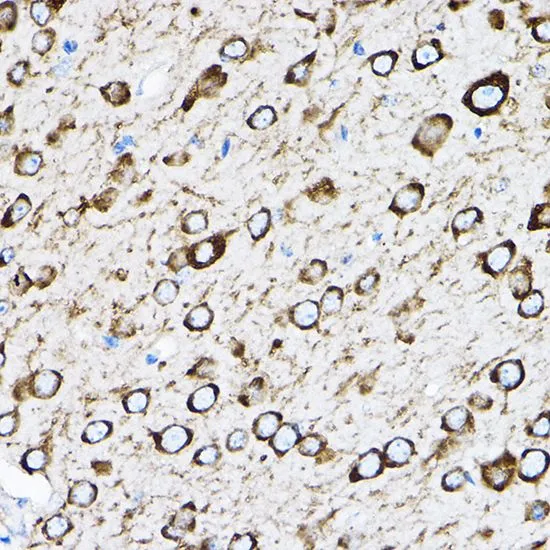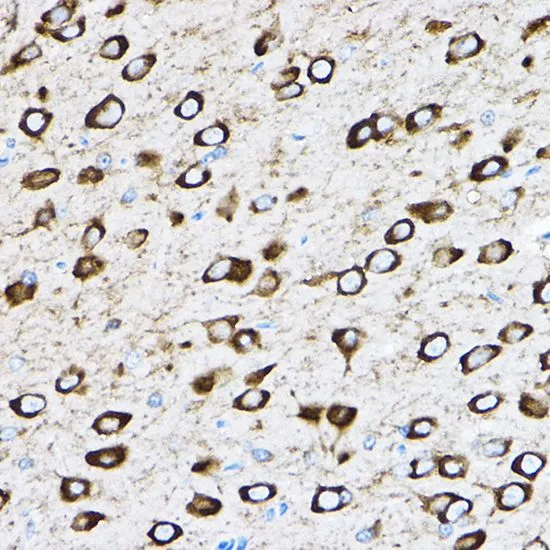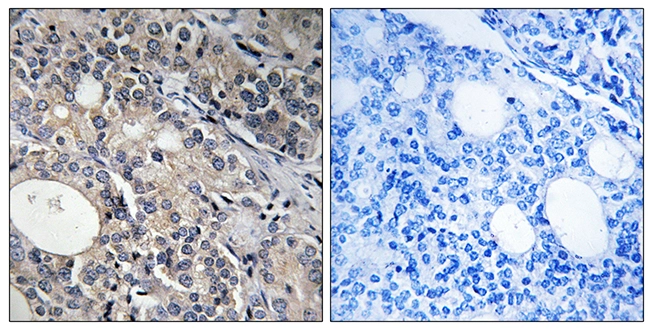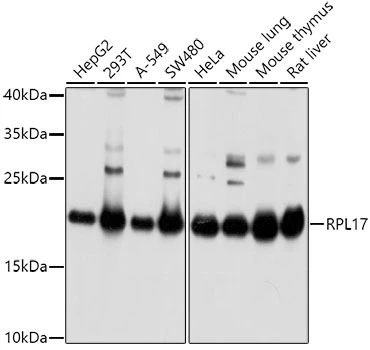
WB analysis of various sample lysates using GTX66472 RPL17 antibody. Dilution : 1:1000 Loading : 25microg per lane
RPL17 antibody
GTX66472
ApplicationsImmunoFluorescence, Western Blot, ImmunoCytoChemistry, ImmunoHistoChemistry, ImmunoHistoChemistry Paraffin
Product group Antibodies
TargetRPL17
Overview
- SupplierGeneTex
- Product NameRPL17 antibody
- Delivery Days Customer9
- Application Supplier NoteWB: 1:200 - 1:2000. ICC/IF: 1:50 - 1:200. IHC-P: 1:50 - 1:200. *Optimal dilutions/concentrations should be determined by the researcher.Not tested in other applications.
- ApplicationsImmunoFluorescence, Western Blot, ImmunoCytoChemistry, ImmunoHistoChemistry, ImmunoHistoChemistry Paraffin
- CertificationResearch Use Only
- ClonalityPolyclonal
- ConjugateUnconjugated
- Gene ID6139
- Target nameRPL17
- Target descriptionribosomal protein L17
- Target synonymsDBA22, L17, PD-1, RPL23, uL22, large ribosomal subunit protein uL22, 60S ribosomal protein L17, 60S ribosomal protein L23, gene encoding putative NFkB activating protein
- HostRabbit
- IsotypeIgG
- Scientific DescriptionRibosomes, the organelles that catalyze protein synthesis, consist of a small 40S subunit and a large 60S subunit. Together these subunits are composed of 4 RNA species and approximately 80 structurally distinct proteins. This gene encodes a ribosomal protein that is a component of the 60S subunit. The protein belongs to the L22P family of ribosomal proteins. It is located in the cytoplasm. This gene has been referred to as rpL23 because the encoded protein shares amino acid identity with ribosomal protein L23 from Halobacterium marismortui; however, its official symbol is RPL17. As is typical for genes encoding ribosomal proteins, there are multiple processed pseudogenes of this gene dispersed through the genome. Alternative splicing results in multiple transcript variants. Read-through transcription also exists between this gene and the neighboring downstream C18orf32 (chromosome 18 open reading frame 32) gene. [provided by RefSeq, Dec 2010]
- Storage Instruction-20°C or -80°C,2°C to 8°C
- UNSPSC12352203

